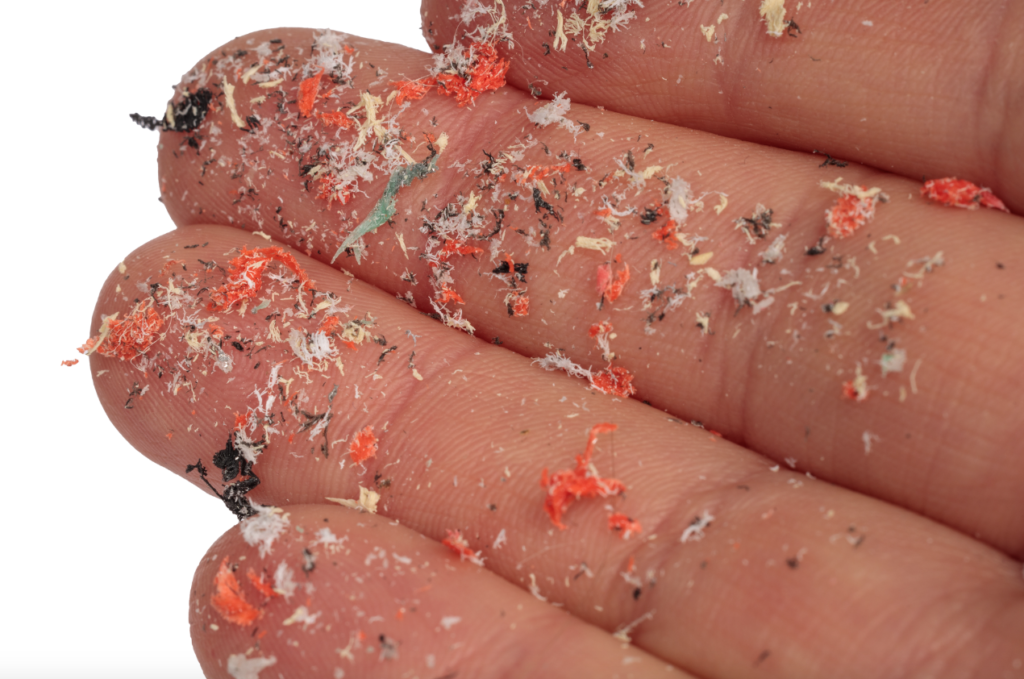In addition to microplastics in water, experiments have shown the capture of harmful bacteria
The fight against microplastics in water has found an unexpected ally: an army of minirobots. In a recent study published in ACS Nano, researchers at the American Chemical Society described how swarms of tiny robots can effectively capture plastic fragments and bacteria, offering a promising solution to address one of the most pressing environmental challenges of our time.
Microplastics, bits of plastic measuring 5 millimetres or less, pose a significant threat to marine ecosystems and human health. Being so small, they can be ingested by marine animals and move along the food chain to humans, with consequences not yet fully understood on health. In addition, these microplastics act as magnets for bacteria, including pathogens, creating an additional risk.
To address this complex challenge, the researchers developed robots on a micrometric scale, inspired by patterns of behavior of natural organisms such as shoals of fish. Minirobots are composed of positively charged polymer filaments connected to magnetic microparticles. They can be moved by a magnetic field. Thanks to this feature, it is possible to direct them towards the microplastics and bacteria present in the water.
In laboratory experiments, robot swarms have shown high effectiveness in capturing both “incriminated” corpuscles, significantly reducing their presence in the aquatic environment. The research team simulated an aquatic environment polluted by microplastics and bacteria using 1 micrometer wide fluorescent polystyrene beads and Pseudomonas aeruginosa bacteria, which can cause pneumonia and other infections. Then they added their microrobots and exposed them to a rotating magnetic field for 30 minutes, turning it on and off every 10 seconds. With a robot concentration of 7.5 milligrams per milliliter, they captured about 80% of the bacteria. Also the number of free plastic beads has gradually decreased. The interesting thing is the reusability of innovations. After capture, the robots were decontaminated and reused, albeit with less efficiency.
This innovative approach offers a new perspective in the fight against microplastic pollution in water and associated bacteria. With further research and development, mini-robots could become an essential component in environmental management strategies, helping to preserve the health of ecosystems and people.

